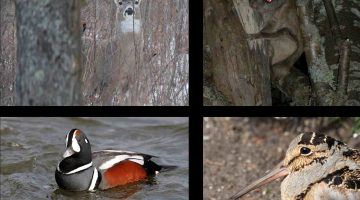Five MAFES researchers receive awards from the state to boost specialty crop production
Augusta (August 27, 2024) – The Maine Department of Agriculture, Conservation and Forestry (DACF) announced today an investment in Maine’s agricultural sector of more than $600,000 in Specialty Crop Block Grant Program awards (SCBGP). This funding will help a diverse group of recipients, including the University of Maine System, North Spore, LLC, and the Maine Organic […]
Read more









